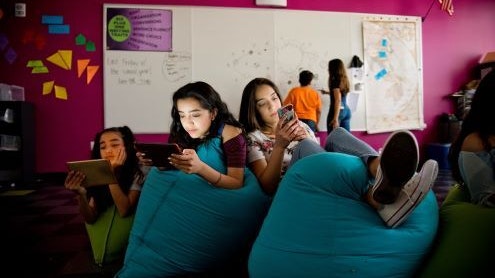Homepage
•
Learning Library
•
Blog
•
4 easy ways to update school learning spaces
Expand breadcrumbs
Expand breadcrumbs
- Learning Library
- Blog
- 4 easy ways to update school learning spaces
- Homepage
- •
- Learning Library
- •
- Blog
- •
- 4 easy ways to update school learning spaces
4 easy ways to update school learning spaces
By Jerry Fingal
January 31, 2020








